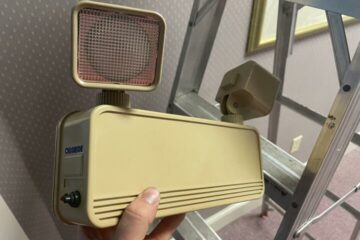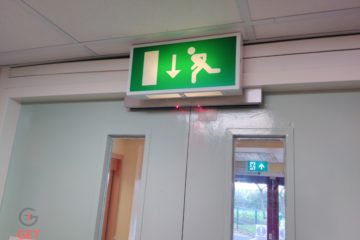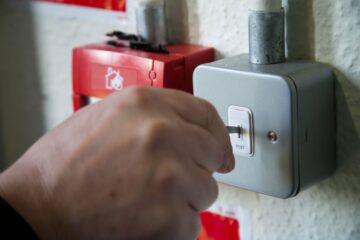Yes, emergency light testing can typically be done during business hours, but there are some considerations:
-
Monthly Functional Test – A short, functional test (BS 5266 recommends 30 seconds per light) is often done during working hours since it causes minimal disruption.
-
Annual Full Duration Test – This involves a full discharge of the emergency lights (typically 3 hours), which may leave the lights inoperative until they recharge. If done during business hours, you need to ensure there’s enough natural light or alternative lighting to maintain safety.
-
Business Disruption – If your business relies on artificial lighting and emergency lights are needed immediately after testing, it might be better to schedule the test outside working hours or near closing time.
Are there any differences between building types?
The key differences between emergency light testing in offices and public buildings come down to occupancy, safety requirements, and disruption levels:
Offices:
- Lower Foot Traffic – Offices typically have a controlled number of employees, making testing easier to schedule.
- Testing During Business Hours – Short monthly tests are often done during the day with minimal disruption. Annual full-duration tests may be scheduled after hours if the loss of emergency lighting poses a safety concern.
- Risk Management – As long as natural light or alternative lighting is available, testing during business hours is usually feasible.
Public Buildings (e.g., shopping centres, hospitals, schools, and transport hubs):
- Higher Occupancy & Public Safety Risks – These spaces often have large numbers of visitors who may not be familiar with emergency exits.
- Stricter Compliance & Regulations – Public buildings must adhere to more stringent safety regulations, often requiring emergency lighting to remain fully functional at all times.
- Testing Outside Peak Hours – Due to the risk of leaving the building without backup lighting, full-duration tests are often done after closing hours or in phased sections to avoid a complete blackout.
- Additional Considerations – Hospitals and care homes, for example, require extra precautions since occupants may be vulnerable and rely on emergency lighting for safe evacuation.




0 Comments